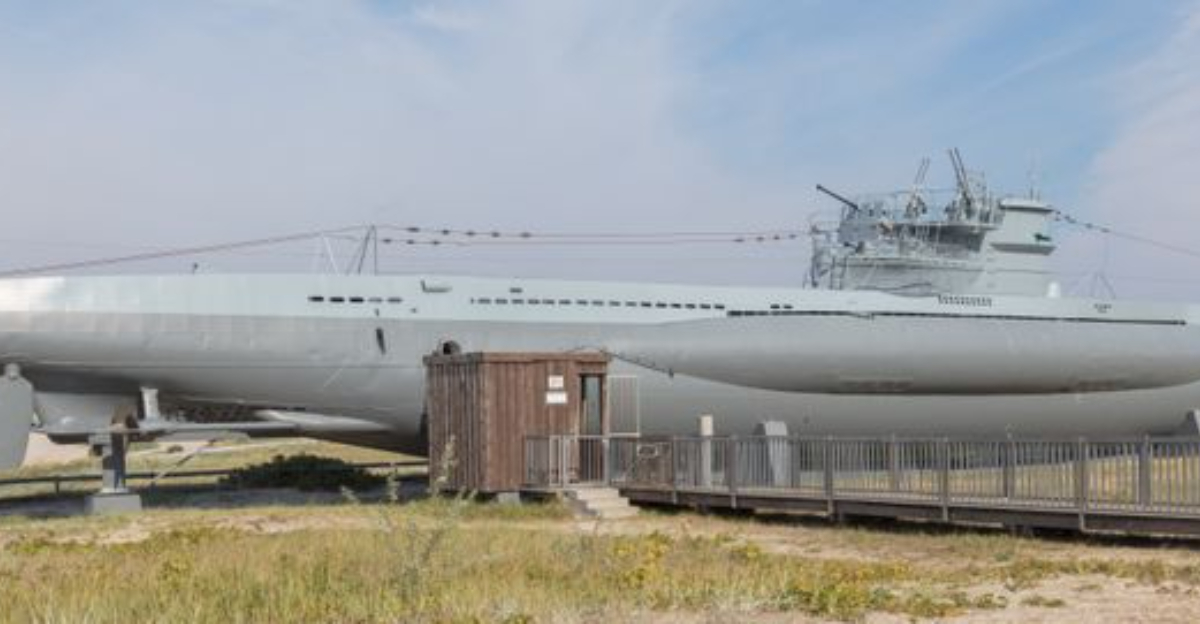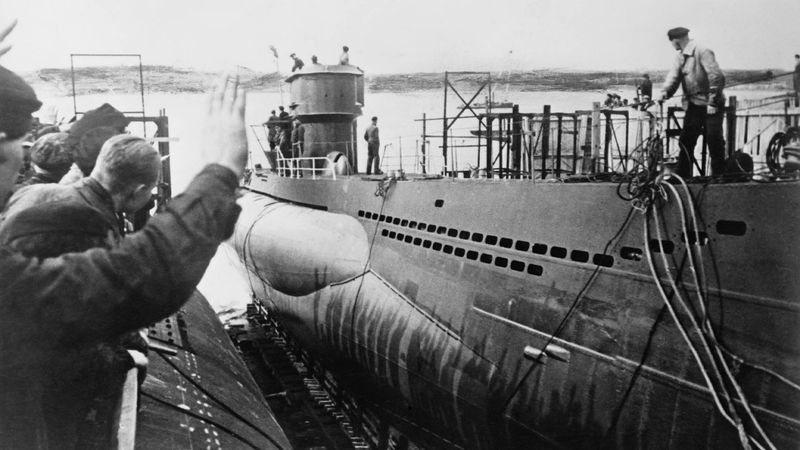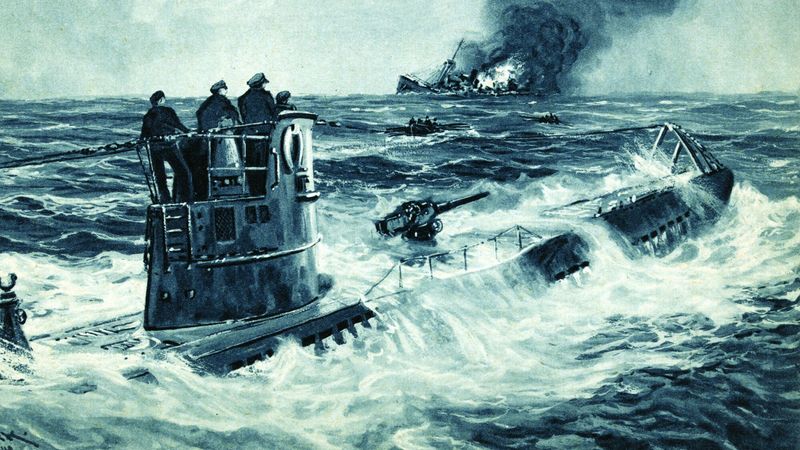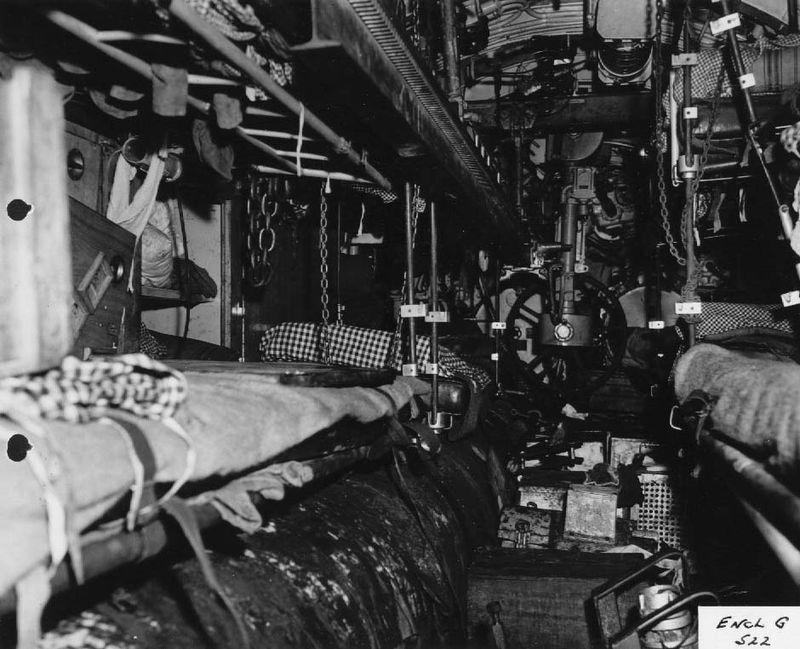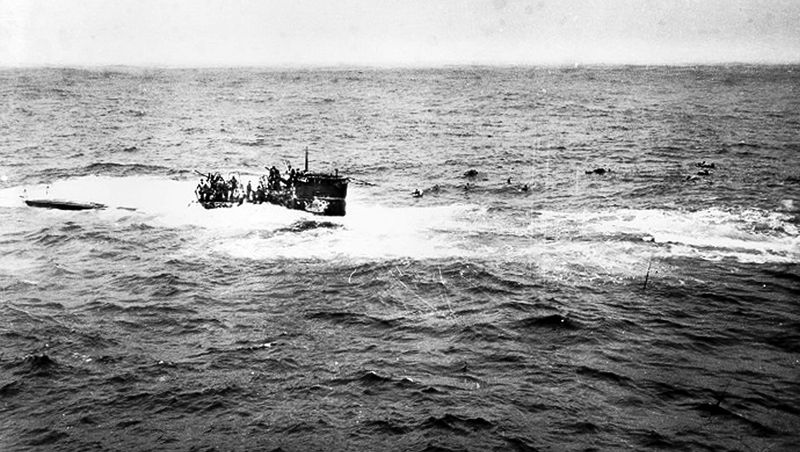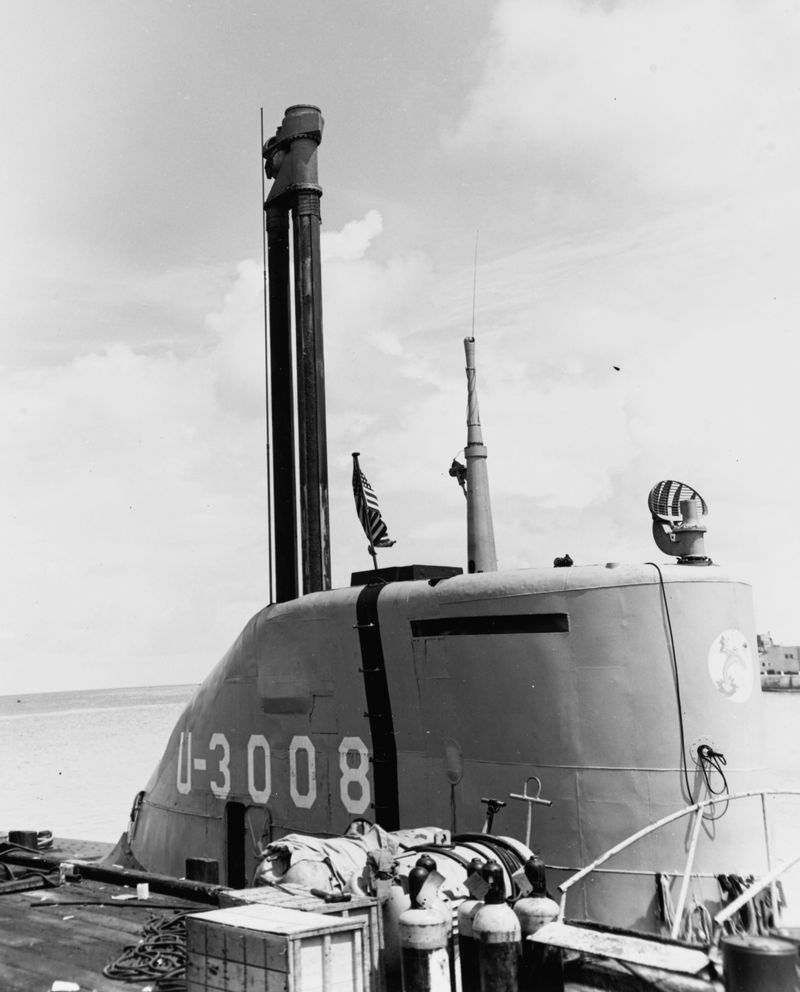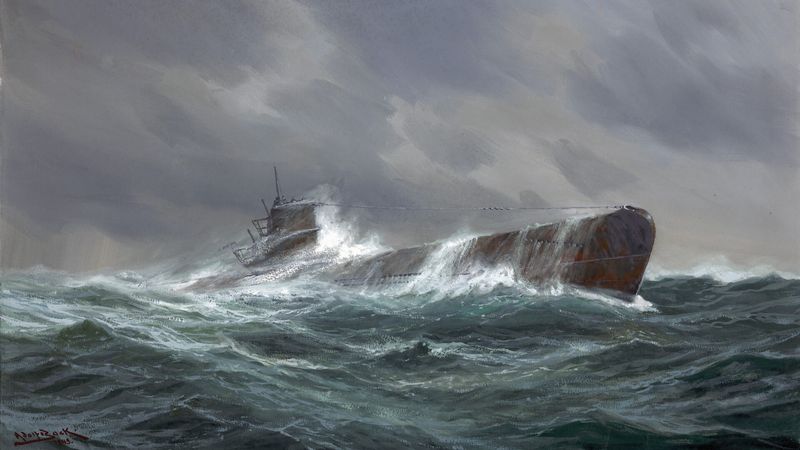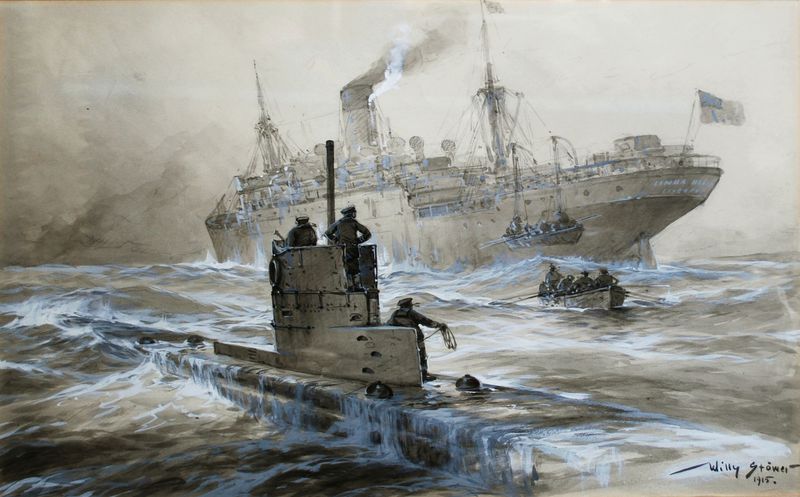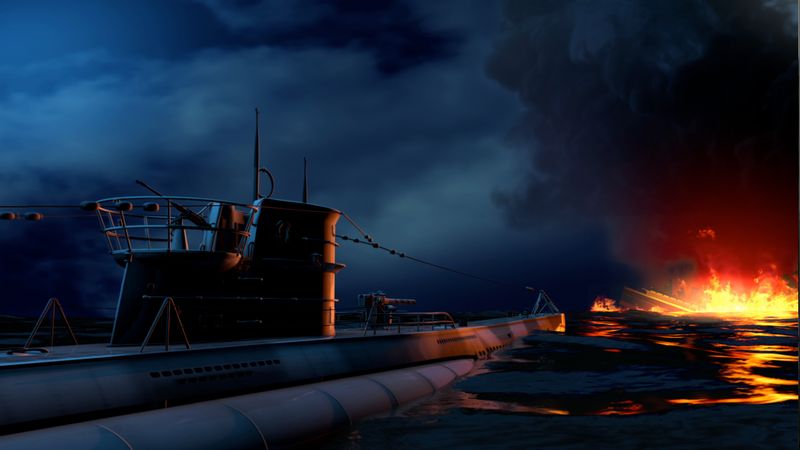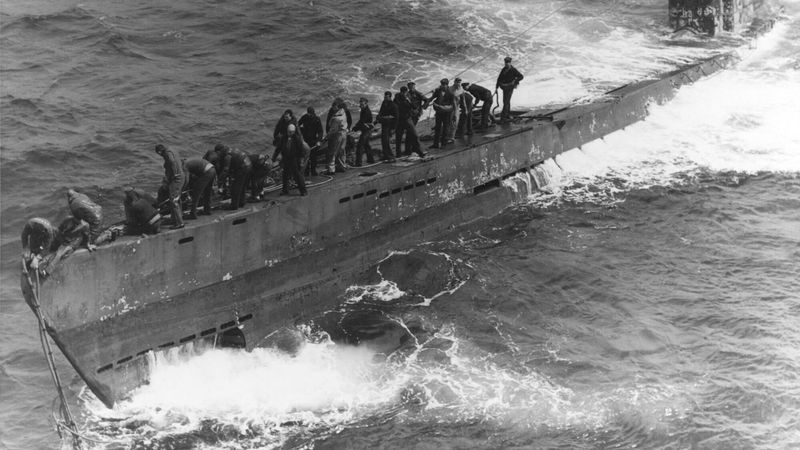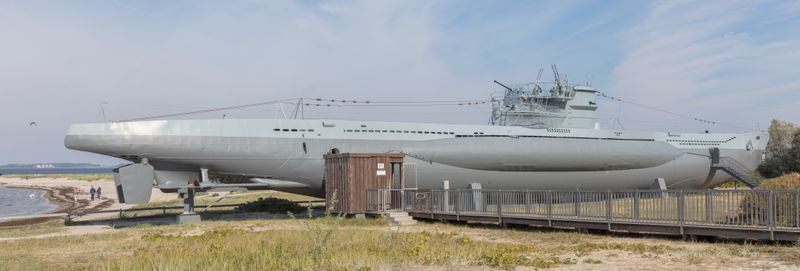U-Boats, abbreviated from the German term ‘Unterseeboot’, played a significant role in naval warfare during both World Wars. Known for their stealth and destructive capabilities, these submarines altered the dynamics of maritime conflicts. This blog explores ten intriguing facts about U-Boats, including their technology, crew life, and historical impact.
1. The “U” in U-Boat Stands for “Unterseeboot”
The term ‘U-Boat’ is derived from the German word ‘Unterseeboot,’ meaning ‘undersea boat.’ It captures the essence of these stealthy submarines that dominated naval strategies during both World Wars. Despite their deadly reputation, U-Boats were an engineering marvel of their time, showcasing Germany’s innovative prowess. They were designed to navigate unseen, striking fear into the hearts of Allied naval forces. Their advanced technology allowed them to operate effectively in various oceanic conditions, making them a formidable adversary. The very name ‘Unterseeboot’ evokes an aura of mystery and danger that still fascinates historians and enthusiasts alike.
2. U-Boats Sank Over 3,000 Allied Ships in World War II
During World War II, U-Boats sank over 3,000 Allied ships, showcasing their lethal efficiency at sea. These submarines were the silent predators of the ocean, executing devastating attacks with precision. The Battle of the Atlantic became a relentless chase, as U-Boats targeted Allied convoys across the treacherous waters. Their ability to remain undetected until the last moment was a testament to their superior design. The catastrophic losses inflicted by U-Boats highlighted the urgency for improved anti-submarine tactics, which eventually evolved. Nonetheless, their impact on maritime warfare remains a testament to their formidable capabilities.
3. Life on a U-Boat Was Claustrophobic and Dangerous
Life aboard a U-Boat was far from glamorous. Crew members endured extreme claustrophobia as they navigated through cramped and poorly ventilated quarters. The limited space meant that every inch was utilized, often at the expense of comfort. Without adequate ventilation, the stifling heat and smell became unbearable. Provisions were sparse, leading to malnutrition and exhaustion among the crew. Despite these hardships, camaraderie and resilience defined their spirit. Many sailors embraced their challenging roles, driven by a sense of duty. Their shared experiences forged bonds that are remembered in naval history as both heroic and harrowing.
4. U-Boats Were Often Called “Iron Coffins”
The chilling moniker ‘Iron Coffins’ aptly describes the fate that awaited many U-Boat crews. With more than 75% of these brave sailors never returning, the submarine’s foreboding reputation grew. Venturing into treacherous waters, they faced numerous threats, from enemy attacks to mechanical failures. The narrow corridors, filled with machinery and torpedoes, became their battleground and potential tomb. Despite the high stakes, many willingly embarked on these perilous missions, driven by a sense of patriotism and duty. The term ‘Iron Coffins’ serves as a grim reminder of their sacrifice and the inherent risks of submarine warfare.
5. Some U-Boats Could Stay Submerged for Weeks
Later models of U-Boats, like the Type XXI, were technological marvels of their time. Equipped with snorkels and advanced battery systems, they could remain submerged for weeks. This capability made them incredibly elusive and harder for enemies to detect. These innovations represented a significant leap in submarine warfare, allowing longer and more stealthy operations. The snorkel system enabled air intake while submerged, minimizing the need to surface. These advancements made the Type XXI a formidable opponent in wartime, reshaping naval tactics. The legacy of these submarines is a testament to human ingenuity in overcoming challenges of underwater warfare.
6. U-Boats Came Shockingly Close to U.S. Shores
During Operation Drumbeat in 1942, German U-Boats prowled alarmingly close to the U.S. coastlines. These submarines sank ships just miles from major cities, including New York and Florida. Their audacious presence sent a shockwave through American defenses, exposing vulnerabilities in coastal protection. The operation marked a bold strategy, bringing the war to the doorstep of the United States. Citizens witnessed the stark reality of war, with attacks occurring within sight of American shores. This unexpected threat galvanized efforts to strengthen naval defenses and improve convoy protections, altering the course of the naval engagements in the Atlantic.
7. A U-Boat Was the First to Sink a Warship by Torpedo
In a historic naval engagement during World War I, the U-9 U-Boat made headlines by sinking three British cruisers in under an hour. This marked the first instance of a submarine using torpedoes to destroy warships, forever changing naval warfare dynamics. The attack showcased the lethal potential of underwater vessels, shocking military strategists worldwide. The U-9’s commander, Kapitänleutnant Otto Weddigen, became an overnight hero in Germany. The event highlighted the strategic importance of submarines and accelerated their development. This pivotal moment emphasized the shifting balance of power at sea, as traditional naval tactics faced obsolescence.
8. U-Boat Crews Used Deadly Stealth Tactics
U-Boat crews mastered the art of stealth, often conducting attacks under the veil of night. These silent predators utilized darkness to their advantage, surfacing unnoticed before launching torpedoes. Their ability to strike without warning instilled fear across naval convoys. The strategic use of stealth tactics allowed them to evade detection and retaliation effectively. Crews relied on precise navigation and timing, often coordinating attacks with meticulous precision. Their nocturnal operations became legendary, contributing to the aura of mystery surrounding U-Boats. This combat method underscored the psychological impact of submarines, transforming them into symbols of unseen danger beneath the waves.
9. Some U-Boats Were Captured Intact—and Changed the War
The capture of U-505 by the U.S. Navy in 1944 was a significant intelligence victory. This intact submarine provided invaluable insights, including an Enigma machine and crucial documents. The operation was a masterstroke, enhancing Allied code-breaking capabilities. The secrets unveiled from U-505 aided in deciphering German naval communications, shifting the strategic balance. This event underscored the importance of intelligence in warfare, proving that knowledge was as powerful as firepower. The successful capture demonstrated the Allies’ growing prowess in anti-submarine tactics and highlighted the risks of espionage that submarines faced. U-505’s capture remains a celebrated moment in naval history.
10. Fewer Than 10 U-Boats Remain Today
Out of over 1,100 U-Boats constructed, fewer than ten have survived the passage of time. Most of these relics now serve as museum exhibits, offering a tangible connection to maritime history. Notable survivors include U-505 in Chicago and U-995 in Germany, each telling unique stories of their voyages. These preserved submarines attract enthusiasts and history buffs, allowing them to explore the intricate design and technology of the era. The dwindling number of U-Boats emphasizes their historical significance, serving as a solemn reminder of the past. Their continued presence in museums ensures that their legacy is not forgotten.
